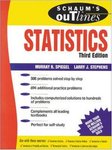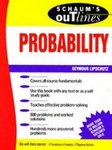davidh1819
Member
- Messages
- 74
- Likes
- 2
i do not look at the markets in terms of flipping a coin 50-50
i look at them on a 6 month chart use a few indicators and look at the candle sticks and i can decide if there is a higher probability that the marked will go in a particular direction so it could be more like 30-70
i look at them on a 6 month chart use a few indicators and look at the candle sticks and i can decide if there is a higher probability that the marked will go in a particular direction so it could be more like 30-70


